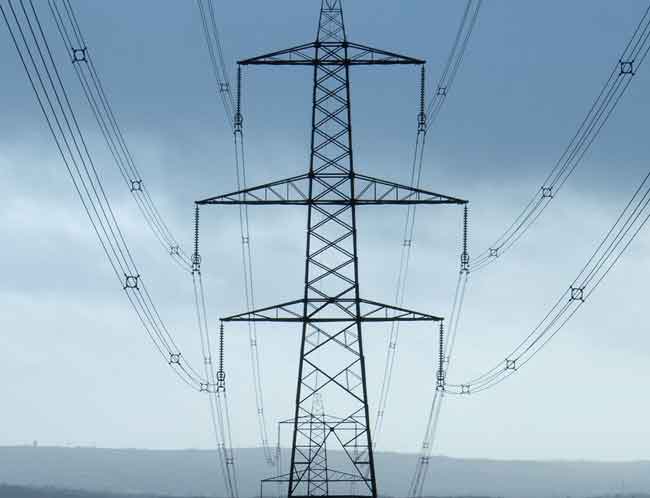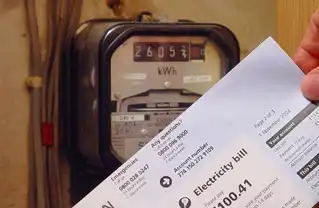Green gadget promises savings for the power hungry
By Globe and Mail
Arc Flash Training CSA Z462 - Electrical Safety Essentials
Our customized live online or in‑person group training can be delivered to your staff at your location.

- Live Online
- 6 hours Instructor-led
- Group Training Available
At any given time, a typical Canadian household has more than 20 machines sucking power from sockets even when turned off, in order to operate features such as timers, clocks and remote controls.
But the convenience doesn't come cheap. “Standby power costs Canadians half a billion dollars per year,” says Bruce Strathearn, a standards engineer with the equipment division of Natural Resources Canada. “We want to reduce that.”
A team of Spanish inventors wants to help – they've come up with a device to eliminate standby power altogether.
There are more than two billion television sets worldwide, an average of 1.3 sets per household that has electricity.
The gadget, called 100%Off, measures the current being used by an appliance during normal operations and during standby, and cuts the power supply to those detected to be in standby mode. Users reactivate the appliance by pressing a green button. The device could cut 10 per cent from electricity bills and 1 per cent of global carbon dioxide emissions, based on the International Energy Agency's figures on standby power use.
For Canadians, eliminating standby power consumption would save a typical household 450 kilowatt-hours of electricity and $42 a year, or 4 per cent of the home's total energy use, according to a 2008 report by Navigant Consulting Inc.
But $42 may not be enough to convince people to reach behind their screens or confront the dust bunnies that have colonized the nest of wires under their desk.
“It is very difficult to convince people to change their behaviour,” says Silvia Albert, a spokeswoman for the Madrid-based company Good for You, Good for the Planet, which has patented and is marketing 100%Off.
That's why the researchers at the Polytechnic University of Catalonia decided to make energy-saving a one-time effort. Users can simply replace their power bars with 100%Off, which is compatible with all household appliances and equipped with surge protection. To avoid the dangers of sleeping in and the disasters of data loss, the multisocket device also provides users with a manual switch to control the devices they don't want switched off while on standby, such as alarm clock radios and computers.
Ms. Albert estimates the device will cost less than $30. But don't expect to see 100%Off on store shelves any time soon. Good for You, Good for the Planet is in the process of finding a corporate partner to standardize and produce the technology for worldwide use, Ms. Albert says, but only U.S. and Chinese companies have expressed interest so far. The trip from a foreign factory to Canadian stores could be a long one.
Commercial products have to meet the requirements of various ministries before crossing the border, says Jean Riverin of Natural Resources Canada. Hurdles include health, electrical safety and labeling regulations; and given all the complications that could potentially come up, there's no telling how long the process might take, Mr. Riverin says.
In the meantime, the Canadian government is taking its own steps to reduce standby power. In 2007, it committed to a two-step plan to restrict standby power consumption to one watt per appliance by 2010. The deadlines have since been pushed back; however, the program is expected to begin next year. Consumer electronics manufactured in 2010 will be limited to four watts an hour in standby mode, and those manufactured in 2013 to one watt an hour.
If all households were stocked with the more efficient equipment, Canadians would cut five of the 6.3 terawatt-hours of standby power they consume each year, which is enough to power all the homes New Brunswick. It would also eliminate two megatonnes of greenhouse-gas emissions.
But it would still leave 1.3 terawatt-hours a year. “We're not completely eliminating standby power – but we're reducing it,” Mr. Strathearn says about the regulations.
Instead of idly waiting for new gadgets and regulations, Canadians can start cutting their standby power consumption and electricity bills by using the hard off-switch on their power bars, unplugging battery chargers when not in use, and looking for the ENERGY STAR symbol when buying new entertainment or computer equipment, which notes devices that use up to 50 per cent less energy in standby mode. Or, they could just reach over and pull the plug.











